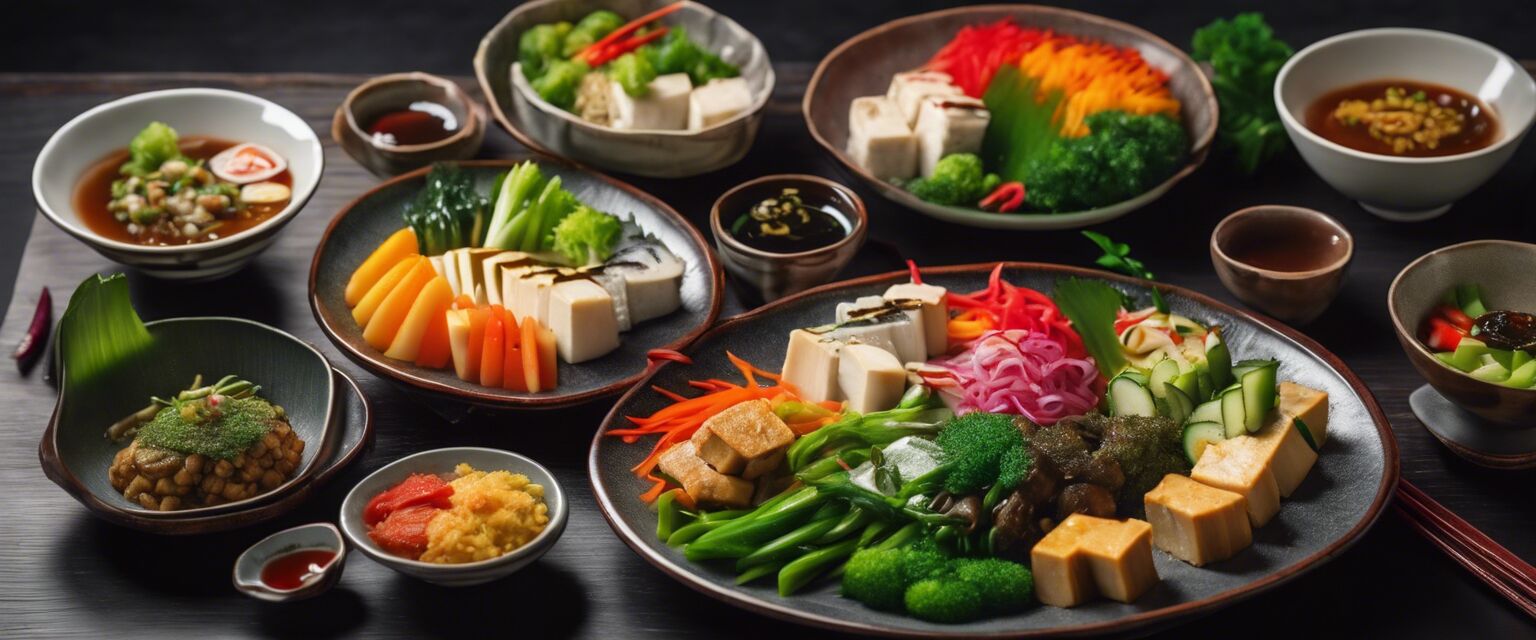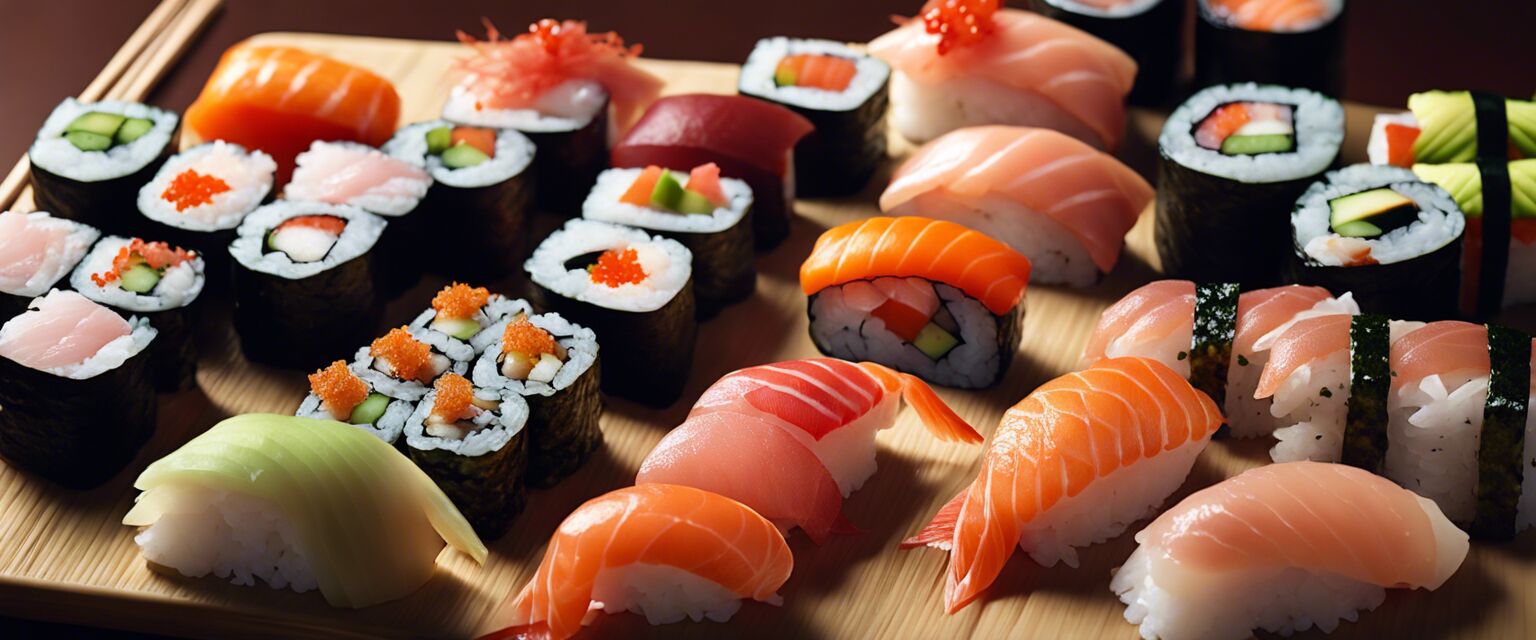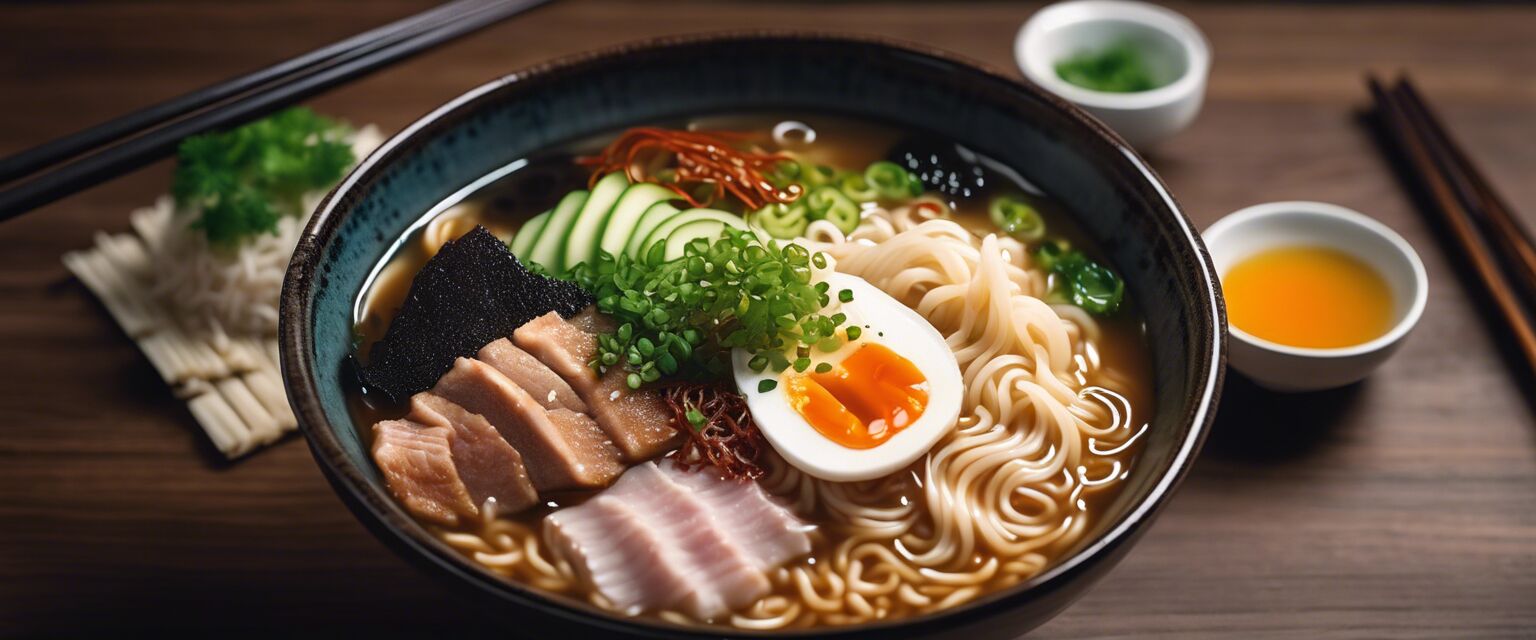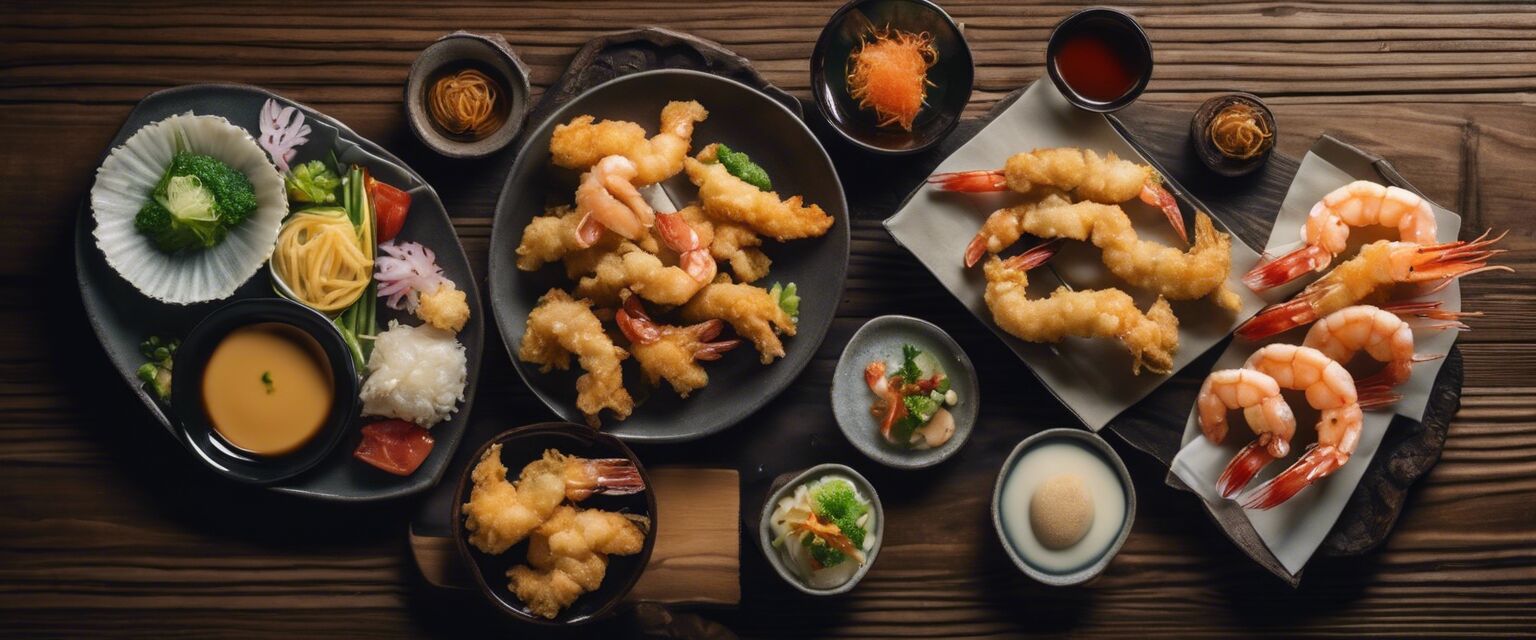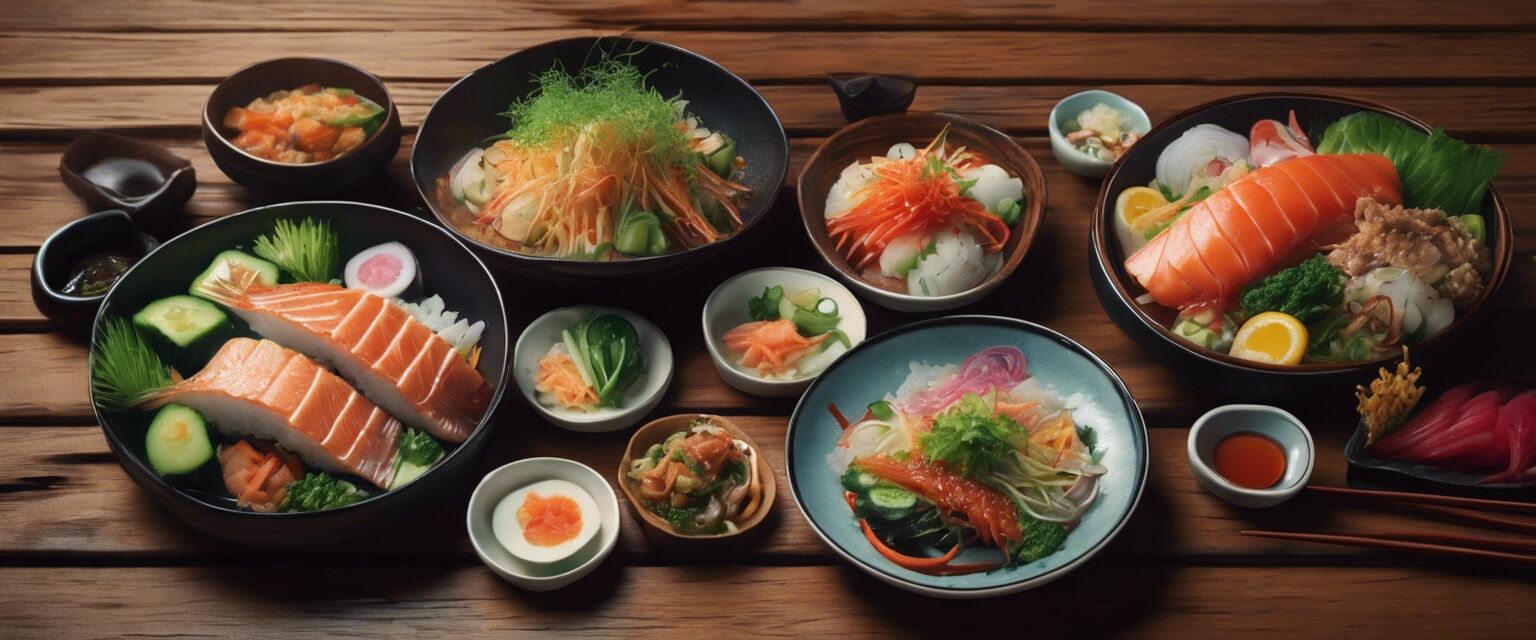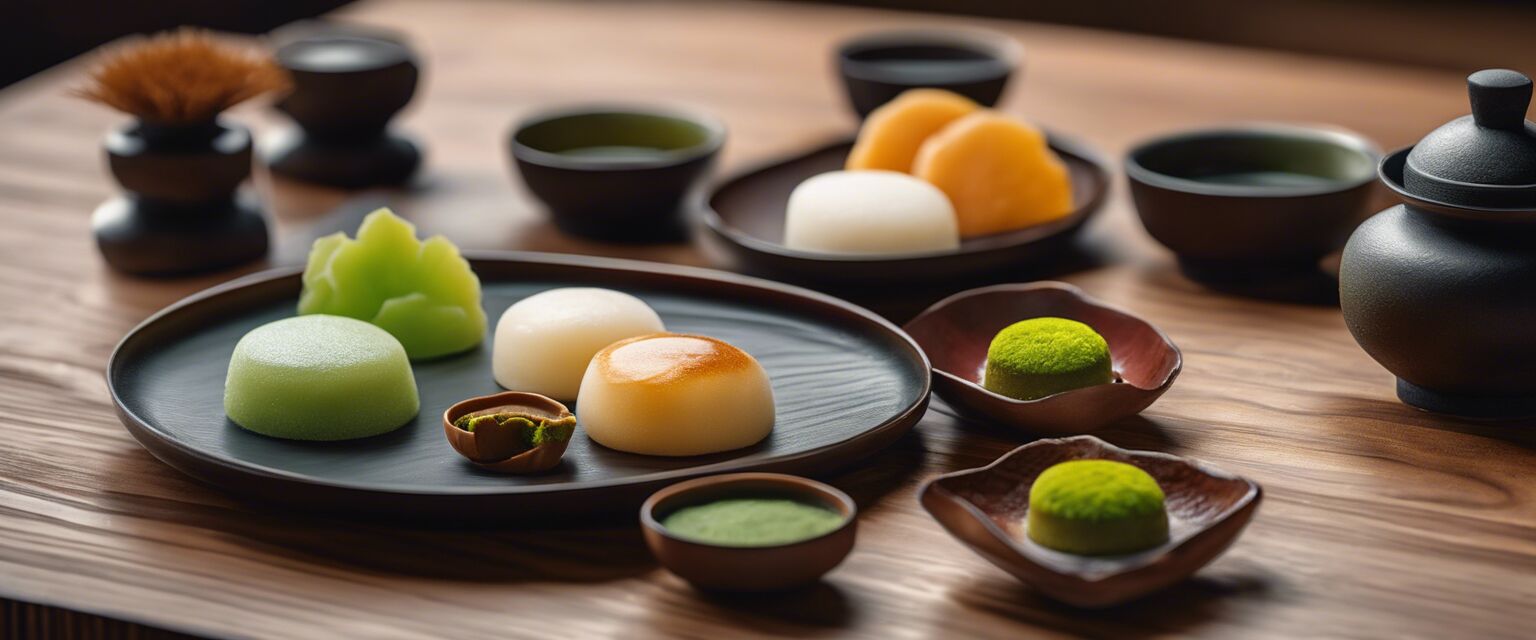
Japanese Desserts
Key Takeaways
- Japanese desserts are a delightful blend of traditional and modern flavors.
- Popular desserts include mochi, dorayaki, and matcha sweets.
- Many recipes are simple and use easily accessible ingredients.
- Japanese desserts often focus on presentation and balance of flavors.
Japanese desserts are a celebration of flavors, textures, and appearances. They range from simple sweets to intricate confections, showcasing the beauty of Japanese culinary artistry. In this article, we will explore some traditional and modern Japanese dessert recipes, including a closer look at popular treats like mochi, dorayaki, and matcha-based delicacies.
Exploring Japanese desserts
The world of Japanese desserts is vast and enchanting. Here are some of the most beloved and well-known options:
| Dessert | Description | Main Ingredients |
|---|---|---|
| Mochi | A chewy rice cake often filled with sweet fillings. | Glutinous rice, sugar, red bean paste |
| Dorayaki | Fluffy pancakes filled with sweet red bean paste. | Flour, eggs, sugar, red bean paste |
| Matcha treats | Sweets flavored with finely ground green tea powder. | Matcha, sugar, flour, cream |
| Daifuku | Mochi stuffed with sweet fillings like fruit or ice cream. | Glutinous rice, sugar, fruit, ice cream |
| Yakiimo | Roasted sweet potatoes, a popular street snack. | Sweet potatoes, salt |
Traditional Japanese dessert recipes
Mochi Recipe
Mochi is a versatile dessert that can be enjoyed in various styles. Here's a simple recipe to create traditional mochi:
- Steam glutinous rice until fully cooked.
- Transfer to a bowl and mash until smooth.
- Add sugar and knead until it forms a dough.
- Shape into small balls and fill with red bean paste or your choice of filling.

Dorayaki Recipe
Dorayaki is a favorite among children and adults alike. Here's how to make it:
- Mix flour, eggs, and sugar in a bowl.
- Heat a pan and pour in a small amount of batter to form pancakes.
- Cook until bubbles appear, then flip and cook the other side.
- Spread red bean paste on one pancake and sandwich it with another.
Modern Japanese dessert ideas
As Japanese cuisine evolves, so do its desserts. Here are some modern twists on traditional sweets:
- Matcha cake: A fluffy cake infused with matcha, often topped with whipped cream.
- Mochi ice cream: A delightful combination of ice cream wrapped in mochi.
- Matcha tiramisu: A Japanese twist on the classic Italian dessert.

Essential ingredients for Japanese desserts
To create authentic Japanese desserts, it's important to have the right ingredients on hand. Here's a list of some essential items:
| Ingredient | Use | Where to find |
|---|---|---|
| Glutinous rice | Base for mochi and other sweets | Rice cookers & accessories |
| Red bean paste | Filling for mochi and dorayaki | Japanese spices & sauces |
| Matcha | Flavoring for various desserts | Tea sets & accessories |
| Sweet potatoes | Main ingredient for yakiimo | Kitchen essentials |
Tips for perfecting Japanese desserts
Beginners Section
- Start with simple recipes like mochi or dorayaki before advancing to more complex ones.
- Pay attention to the quality of ingredients; fresh and authentic ingredients yield the best results.
- Practice the art of presentation; Japanese desserts are as much about looks as they are about taste.
- Experiment with flavors and fillings to create your unique twist on traditional recipes.
Conclusion
Japanese desserts are a delightful fusion of tradition and modernity. Whether you enjoy the chewy texture of mochi, the sweetness of dorayaki, or the earthy flavor of matcha, there's something for everyone. Explore the recipes mentioned above, and don't hesitate to experiment with different ingredients and techniques. Your journey into the world of Japanese sweets is just beginning!
Pros
- Wide variety of flavors and textures.
- Simple recipes suitable for beginners.
- Focus on presentation enhances the dining experience.
- Utilizes natural ingredients, promoting a healthier dessert option.
Cons
- Some ingredients might be hard to find depending on location.
- Requires practice to perfect techniques.
- Time-consuming for intricate desserts.

